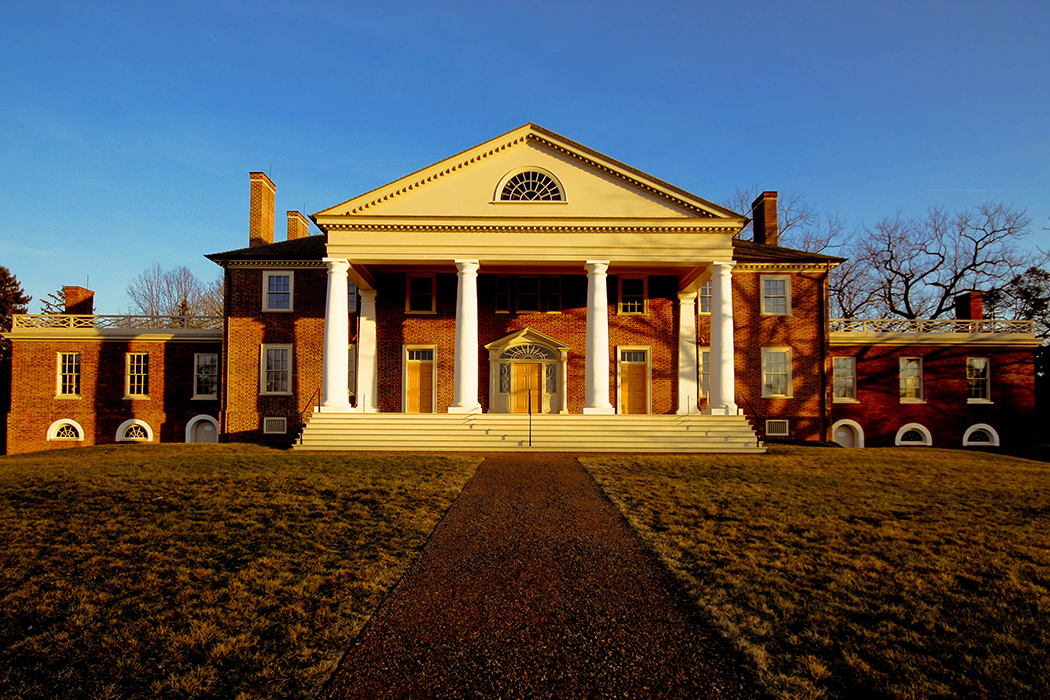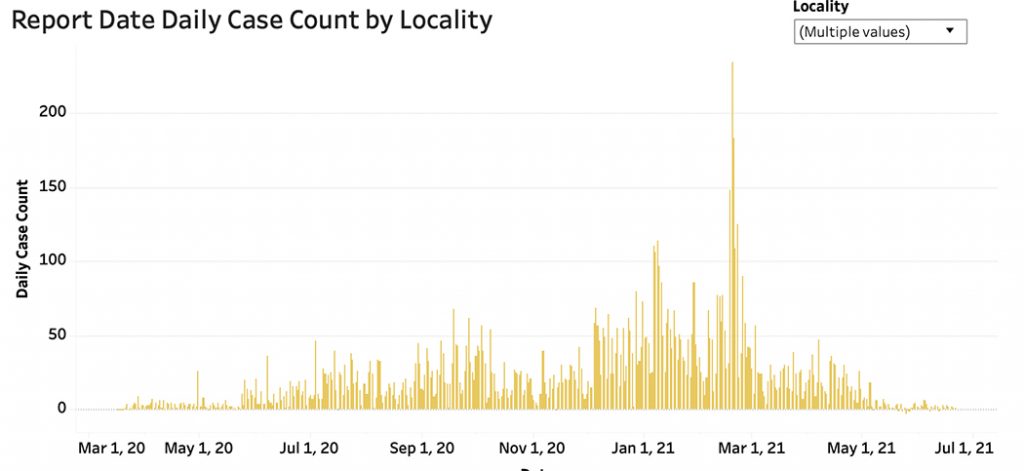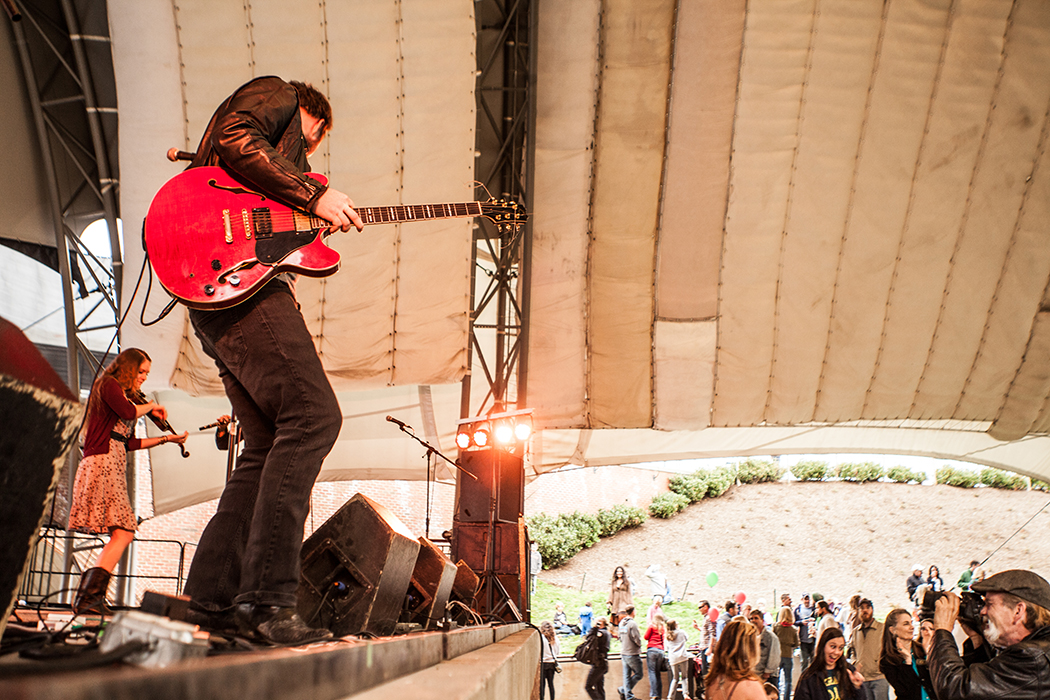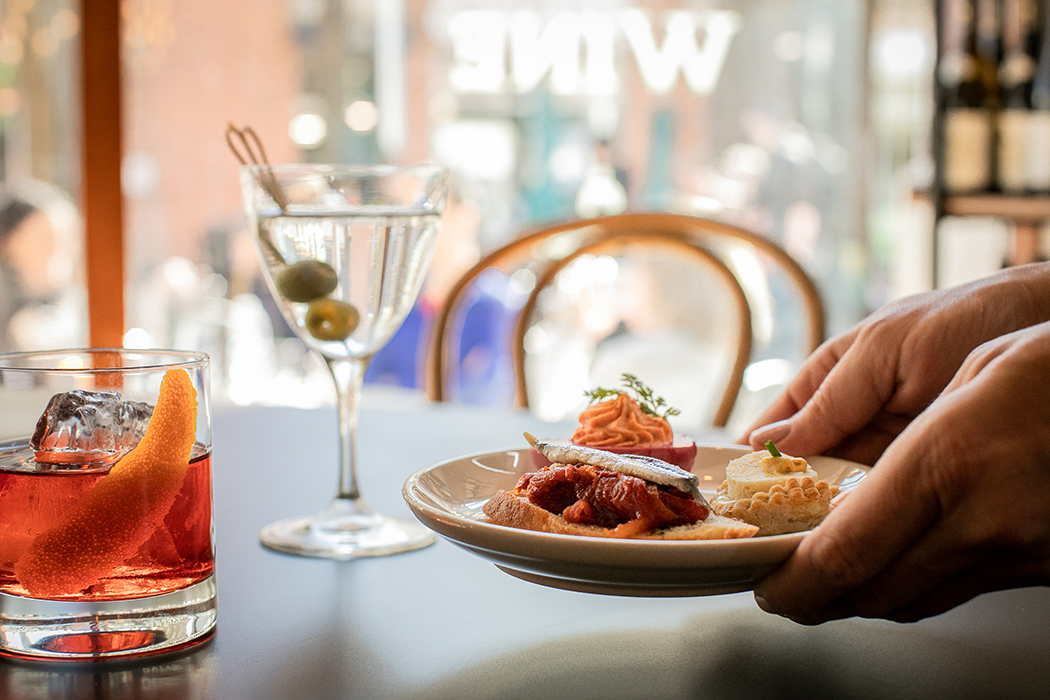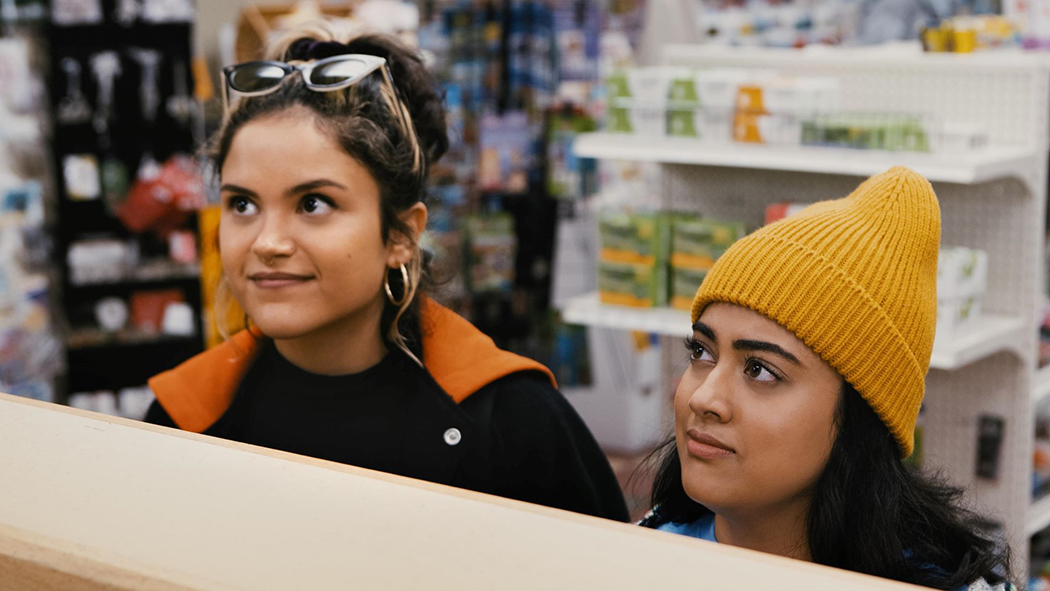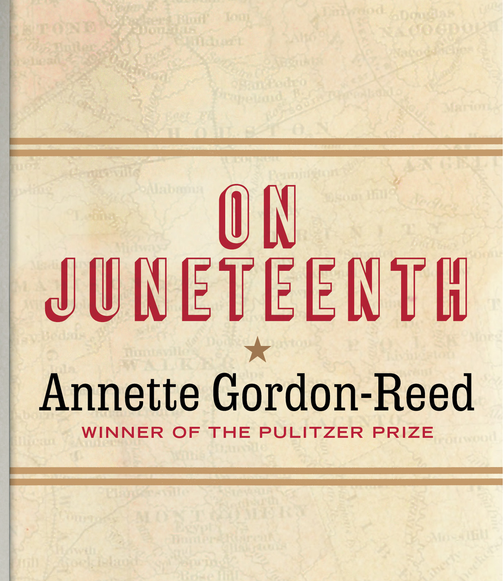You get to wear slippers all day. You don’t have to commute. You have more flexibility with childcare. After a year of remote work, is the office a thing of the past?
A high local vaccination rate makes the return to in-person work feasible for many area businesses, but that doesn’t mean everyone is headed back in. Some outfits have ditched office space and others are downsizing, as hybrid work arrangements become more common.
Before COVID hit, many businesses were already accommodating employees who wanted to work from home occasionally—but others had to scramble. “When the shutdown happened, Albemarle County didn’t have a teleworking policy,” says Emily Kilroy, director of communications and public engagement for the county. “Within three days, people were sent home, and we had to make sure they had the equipment and IT they needed—which sometimes meant borrowing or renting laptops.”
ArcheMedX, which develops software for life sciences and health care clients, was at the other end of the spectrum. “We have always had some remote employees, but most worked in our downtown office,” says Joel Selzer, co-founder and CEO. “As soon as the pandemic hit, we moved everyone to remote. We got them whatever they needed—workstations, desks, even furniture—from the office, and everything else we gave away or put into storage.” And the firm isn’t looking back. The company used to rent offices on East Main Street, but gave up the space last summer.
“Our offices never went completely remote—we had staggered schedules, so attorneys could come in to work with staff a couple days a week,” says Mike Griffin, business manager at Tucker Griffin Barnes P.C., a law firm with four offices in central Virginia. “The decision now is when to allow clients back into the office, and how do we do that safely.”
After safety, the big concern for employers and their workers is child care. “Fifty percent of our employees have children under the age of 18 at home,” says Kilroy, so the re-opening of schools was a critical factor in bringing employees back. Tim Tessier, one of the principals at Bushman Dreyfus Architects, agrees: “I have teenaged boys, and we had homeschooled for a while—but that’s not as challenging as for employees who have grade-school kids.”
Our employees have found they can get so much more done at home. But they also need contact with colleagues and clients.
Dawn Heneberry, Old Dominion Capital Management
As schools and daycares re-open, why would employees want to continue working from home? “Productivity,” says Dawn Heneberry, managing director of wealth management firm Old Dominion Capital Management. “Our employees have found they can get so much more done at home. But they also need contact with colleagues and clients to be part of a team. So they’re telling us they want a hybrid model, where they can be in the office two or three days a week.”
“Sometimes the need to focus [on a project] means working from home works better,” Tessier says. “But a lot of what architects do is collaborative—showing your ideas to a colleague, noodling it through. Some of our teams have been getting together for meetings with masks.” His 14-person firm is in the process of developing a hybrid model that combines the best of both approaches. “We recently had our first face-to-face all-office meeting [since the shutdown]—which was just really nice.”
But business owners also have to consider their customers’ needs and expectations. While most people seem to have adapted to Zoom meetings and digital data exchange, many still prefer in-person interaction. “We’ve given clients the option to meet anywhere they felt comfortable—in our office, at their home, outdoors at a restaurant, on Zoom,” says Heneberry. “I think that will continue.”
Then there are logistical concerns. Would a hybrid model, allowing both remote and in-office work, mean supplying employees with high-tech workstations in both places? Do employees still need individual office space if they are only coming in one or two days a week? With employees working flexible hours, how does the company ensure responsive service and client coverage? Many of these decisions have an impact on the bottom line.
What about offices themselves? Pre-pandemic, Kilroy says, Albemarle County had almost outgrown its downtown office building and was leasing additional space. Now, with a teleworking policy in place, every manager is being asked to designate which positions can offer flexibility and which will require on-site work, so the county can reassess its space needs.
ArcheMedX, which currently has core staff working out of office space at Vault Virginia, is also in the process of deciding what’s next. “We’ve proved we can do much more than we thought we could virtually, but there are times when being together with a white board is necessary,” says Selzer. “We’ll likely continue in a hybrid model, with some [physical] presence downtown—Charlottesville is still the heart and soul of ArcheMedX.”
“I hope we can embrace what has worked,” says Selzer, “but there’s always a time and a need to meet face to face.”

